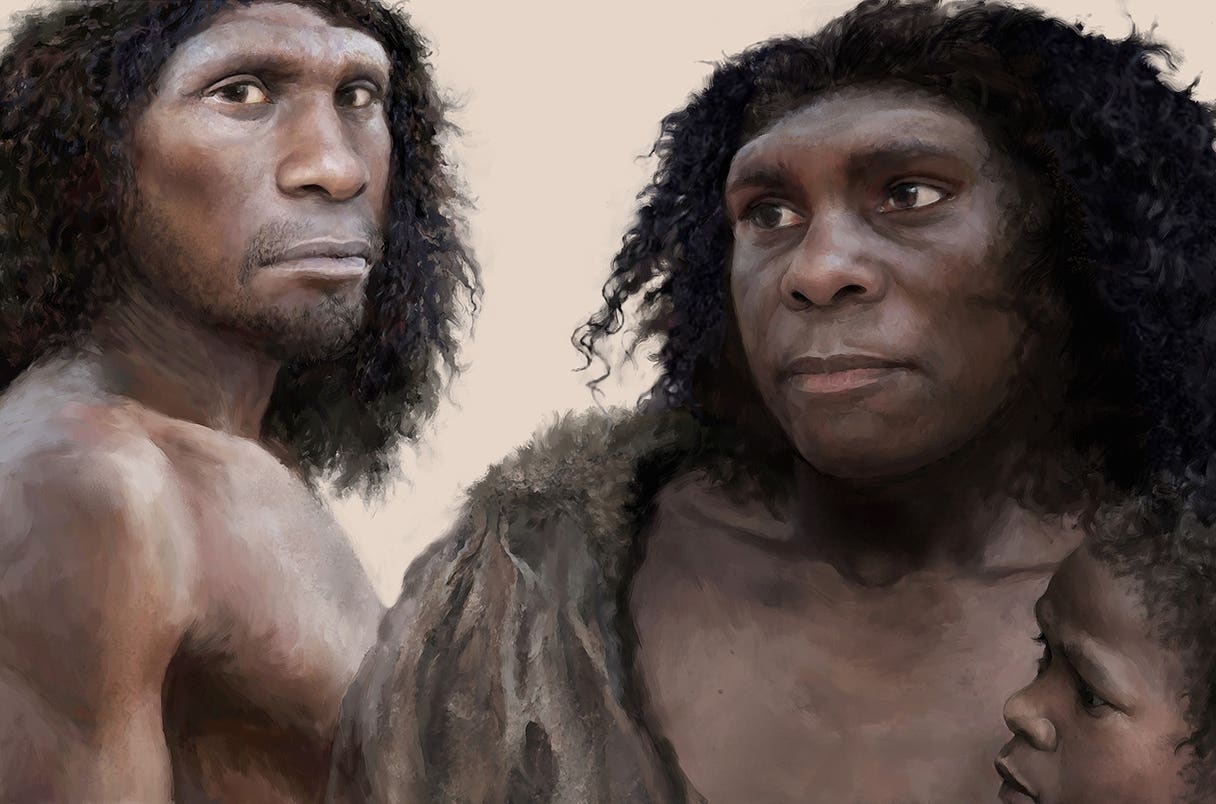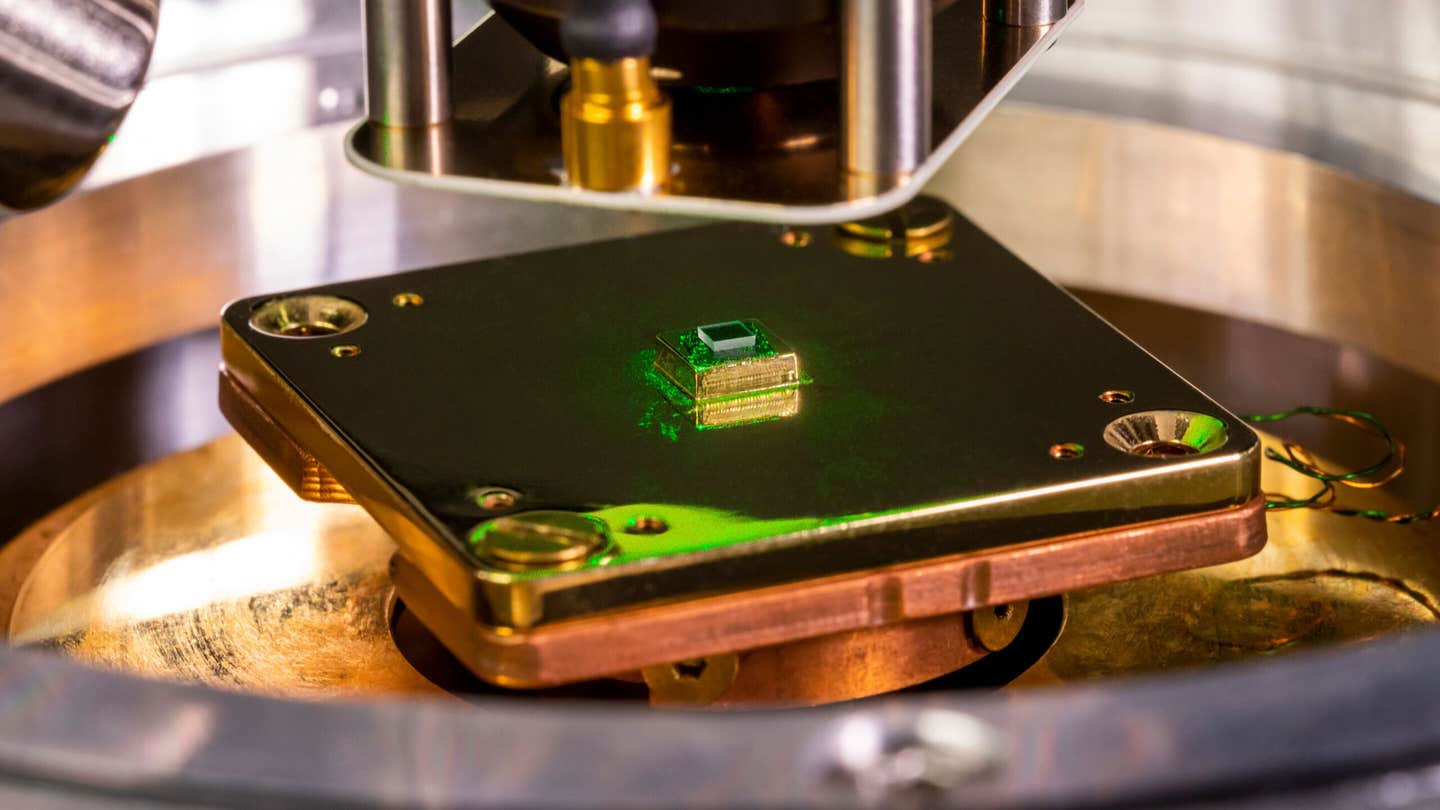Neanderthal ‘Fat Factory’ reveals food processing as far back as 125,000 years ago
Neanderthals used crushed bones to render fat for survival 125,000 years ago, long before modern humans used similar techniques.

New evidence shows Neanderthals processed bones for fat 125,000 years ago in Germany—far earlier than once believed. (CREDIT: TOM BJÖRKLUND)
Neanderthals had a taste for fat, and they worked hard to get it. Long before humans built cities or invented writing, these ancient people had already figured out how to extract every bit of nourishment from the animals they hunted. New findings now show they were not just hunters but skilled processors of food, especially fat.
For many years, archaeologists believed that the method of extracting fat by boiling crushed bones was something only Upper Paleolithic humans did. That technique, often seen as a sign of advanced food processing, was thought to date back about 28,000 years. But a surprising discovery from central Germany is rewriting the timeline. Evidence now points to Neanderthals doing this as far back as 125,000 years ago.
Unlocking Hidden Calories
Life for Neanderthals was physically demanding. They burned thousands of calories each day, hunting animals, crafting tools, and surviving cold climates. To keep up their energy, they needed more than just protein—they also needed fat. Big game animals like horses, deer, and bovines offered a good supply of calories, but there was a problem: too much protein can be dangerous.
According to scientists, eating more than about 1,200 calories of protein per day could lead to what’s called "rabbit starvation," or protein poisoning. The liver can only process so much protein before it becomes toxic. If that limit is passed without enough fat or carbohydrates, it can be fatal. This meant Neanderthals had to find other calorie sources—especially during cold months when plants and fruits were not available. The answer was inside the bones.
Fat-rich bones like femurs and jaws contained marrow and grease that could be extracted with effort. Neanderthals developed ways to crush and heat these bones to release the fats stored within. This kind of food processing gave them a high-energy food source that was not easy to find in the winter.
A "Fat Factory" from the Past
The most recent evidence comes from the site of Neumark-Nord in present-day Germany. Researchers uncovered a trove of bones from at least 172 large animals. These remains were discovered near a lake, where Neanderthals had likely set up a temporary but focused processing area.
Related Stories
The bones were broken into small pieces, many showing signs of heating. Most of them came from body parts rich in fat. Foot bones and other lean parts were much less common, suggesting a deliberate selection. The team behind the study believes that the Neanderthals were rendering fat by boiling the broken bones in water and collecting the grease.
While no pots or containers were found, the presence of heated bone fragments near charcoal and a water source supports the theory. The researchers think that natural containers made of organic materials, like birch bark or animal skins, could have been used to hold the boiling water and bones. These would have decayed over time, which might explain why none were found.
"This is a well-documented case of grease rendering predating the Upper Paleolithic," said the scientists. They describe the Neumark-Nord location as a “fat factory”—a dedicated area for extracting bone grease, which had never been confirmed this early in human history.
Survival by Adaptation
This discovery paints a new picture of Neanderthal life. Far from being simple hunters who only used tools to kill animals, Neanderthals seem to have developed complex strategies to stretch their resources. Crushing bones, heating them, and extracting fat takes effort and time. It means planning ahead and knowing which parts of an animal yield the most nutrition.
The fact that this processing was done near a water source suggests that the location was chosen on purpose. It likely functioned as a special-use site, where Neanderthals brought parts of the animals—not the whole carcass—to harvest the fat-rich bones. This level of organization and intention challenges the long-held belief that Neanderthals lacked the complexity of later Homo sapiens.
Researchers don’t yet know how long the site was used or whether the bones were processed right away or stored first. But the consistent pattern of activity, and the size of the operation, suggest it was not a one-time event.
More studies will be needed to find out if other sites like Neumark-Nord exist, or if this “fat factory” was unique. Still, the findings offer a powerful look at how flexible and smart Neanderthals could be when it came to survival.
Rethinking What We Know
The role of diet in human evolution is massive. What early humans ate shaped their brains, their bodies, and their ability to survive harsh conditions. Lipids—fats—played a key part in this process. Today’s hunter-gatherers still go to great lengths to get animal fats, and it now seems their ancestors were no different.
Before this discovery, intensification strategies like bone grease production had only been seen in populations much later than the Neanderthals. The evidence at Neumark-Nord shows that these early humans already had a deep understanding of how to get the most out of a kill. They didn’t just eat meat—they worked for the fat they needed to thrive.
The next steps for scientists include looking for similar patterns at other archaeological sites. If more “fat factories” turn up, the image of Neanderthals as basic hunters will need to change even more.
What’s clear already is that Neanderthals had knowledge, planning skills, and food strategies that rivaled those of modern humans in later periods. Far from being primitive, they were problem-solvers—and their story is still being uncovered from the bones they left behind.
Research findings are available online in the journal Science Advances.
Note: The article above provided above by The Brighter Side of News.
Like these kind of feel good stories? Get The Brighter Side of News' newsletter.



